The global bioplastics market is estimated to be valued at approximately USD 10.94 Bn in 2024 and is expected to reach approximately USD 39.89 Bn by 2031, exhibiting a compound annual growth rate (CAGR) of 20.3% from 2024 to 2031.
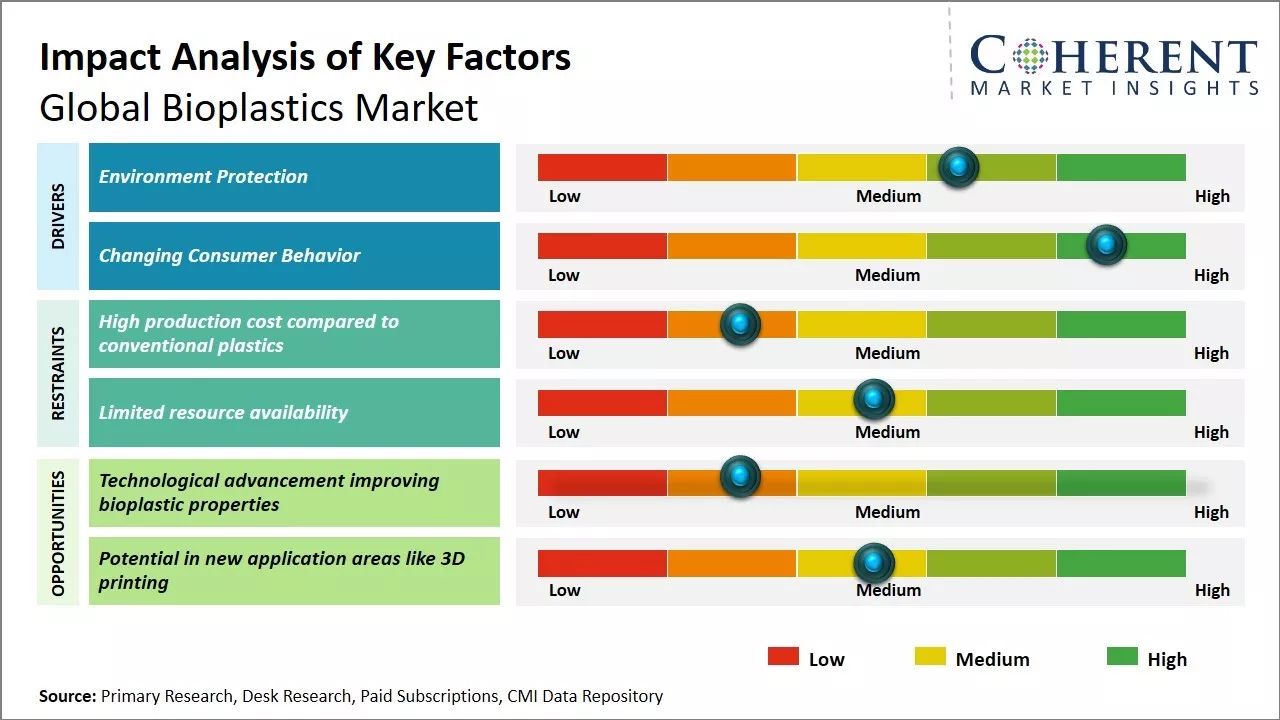
To learn more about this report, request a free sample copy
The bioplastics market is expected to witness significant growth over the forecast period. The increasing demand from packaging industry driven by favorable government regulations regarding the use of sustainable plastics is expected to be a major factor driving the market growth. Bioplastics offer an eco-friendly substitute to convention plastics which are derived from petroleum sources. Moreover, growing environmental concern among consumers has increased the demand for sustainable and biodegradable alternatives to conventional plastics. Additionally, reducing dependency on depleting petroleum resources is expected to further complement the bioplastics market growth over the next few years.
Environment Protection
Environment protection has become one of the major global concerns in recent years as issues like pollution, global warming and climate change have intensified. There is a growing demand for sustainable alternatives to conventional plastics which are derived from fossil fuels and take hundreds of years to degrade. Bioplastics, which are either biodegradable or made from renewable biomass sources, offer an eco-friendlier solution. As more countries implement strict regulations to curb plastic waste and promote renewables, the market for bioplastics is expanding rapidly. Consumers are also increasingly looking for greener options and are willing to pay more for sustainable products. Major brands have pledged to reduce or eliminate conventional plastics to meet this demand and improve their ESG credentials. For example, Nestle has committed to making all its packaging recyclable or compostable by 2025. Similarly, Coca Cola has invested in plant-based packaging startups to transition to more sustainable materials. As the call for sustainability grows louder, many other large corporations will follow suit to shift towards bioplastic packaging, driving more innovation and capacity building in this area. Governments and inter-governmental organizations are also supporting research, production and usage of bioplastics. According to a 2021 report by the UN Environment Programme, over 180 nations have implemented policies banning, taxing or limiting single-use plastic bags and straws. Many G20 countries have additionally pledged to cut plastic waste discharged into oceans by 50-100% by 2030. This is facilitating investments in bioplastic production infrastructure globally. Countries like Brazil, India and Thailand rank among the top producers currently given their natural resource advantages. With increased commitments to renewables and circular economy, the bioplastics market is poised to experience exponential growth in the coming decade.
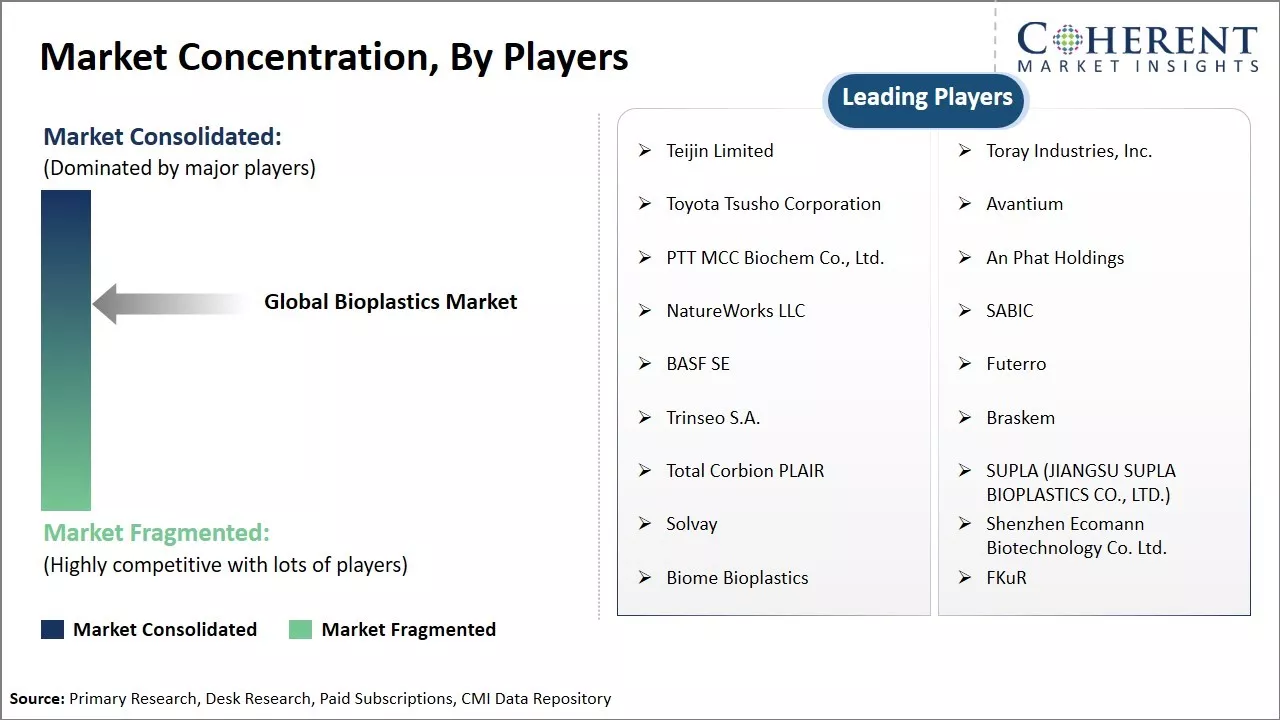
To learn more about this report, request a free sample copy
Changing Consumer BehaviorEvolving consumer attitudes and preferences towards sustainable products have also propelled growth in the bioplastics industry. Today's socially conscious consumers, especially millennials and Gen Z, consider a company's environmental and social impact before making purchasing decisions. They are willing to pay premium prices for products that are plastic-free or made from recyclable/compostable materials. Major food retail chains and restaurants have responded proactively by removing all single-use plastics from their outlets and substituting them with bioplastic alternatives for clear bags, straws, cutlery, etc. Even traditional consumer brands in packaging, textiles, automotive and electronics have committed to increasing the bio-content of their products and packaging annually. As consumer activism and social media amplify calls to 'refuse single-use plastics', businesses recognize the market potential in catering to this segment demanding sustainable options.
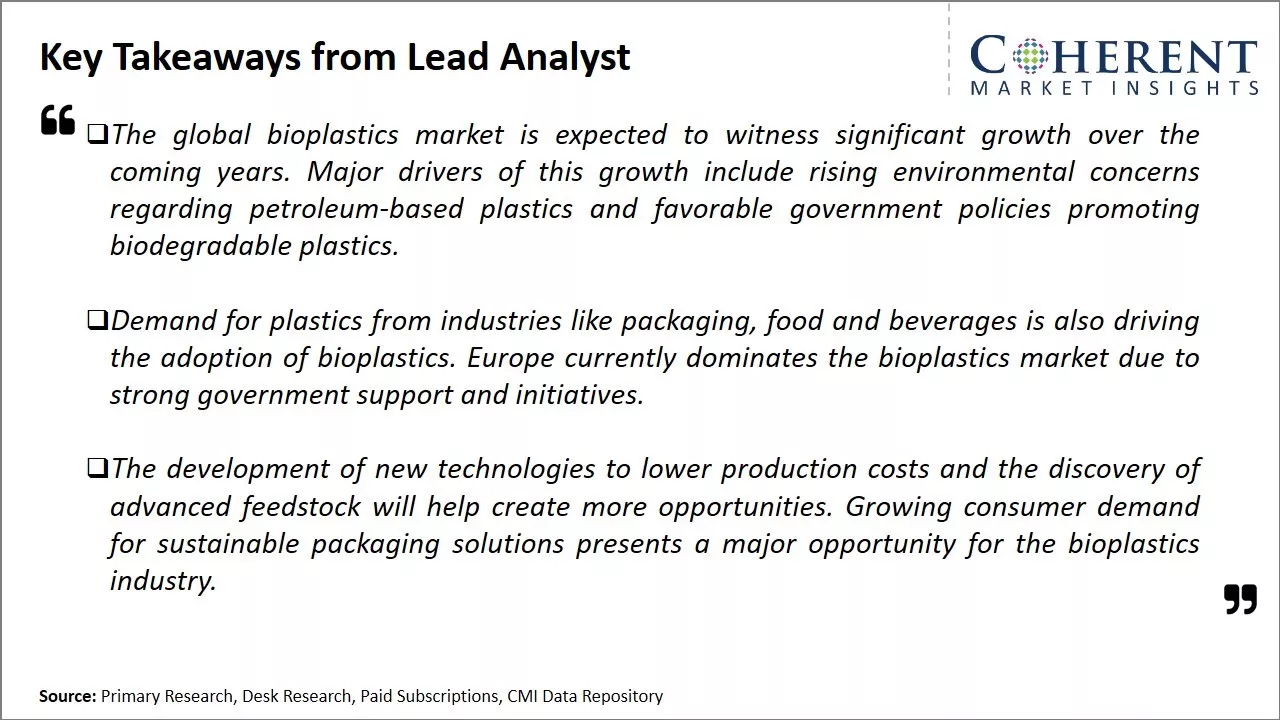
To learn more about this report, request a free sample copy
Challenges: High production cost compared to conventional plasticsThe high production cost of bioplastics compared to conventional plastics continues to pose a challenge for the growth of the global bioplastics market. While bioplastics offer environmental sustainability benefits over petroleum-based plastics, their production remains more expensive. Bioplastics are made from renewable biomass sources using advanced manufacturing processes like fermentation. This makes their production capital intensive compared to fossil fuel-derived plastics which are cheaper to produce. The cost of building bioplastics manufacturing facilities that meet industry standards of quality and safety also contributes to their higher costs. Establishing large-scale production lines for bioplastics requires significant capital investments in specialized equipment and infrastructure. This is a substantial barrier for bioplastics producers, especially small and medium businesses, to achieve costs competitiveness against mass-produced petro-based plastics. Additionally, the R&D costs associated with developing newer bioplastic formulations that can substitute major application-specific plastics also adds to their production costs.
Opportunities: Technological advancement improving bioplastic properties
Technological advancement in improving bioplastic properties represents a great opportunity in the global bioplastics market. Bioplastics made from renewable biomass sources such as vegetable fats and oils, help address sustainability and waste issues associated with conventional plastics. Traditionally, bioplastics have suffered from high costs and technical limitations relative to their petroleum-based counterparts. However, continuous research and development is helping to enhance bioplastic performance, bringing them on par with fossil-fuel plastics. One such development is the improvement in heat resistance and durability of bioplastics. Scientists have engineered biomass-derived polymers that can remain stable at temperatures as high as 121–150°C without degradation, using additives or chemical modifications. This matches temperature tolerances for many food packaging and thermoformed consumer applications that currently use petro-plastics. Researchers have also found ways to synthesize bioplastics with gas barrier properties on par with polyester films, solving prior issues around permeability. Such technological solutions are helping solve technical barriers, and enable more widespread use of bioplastics in applications that previously relied on oil-based plastics. In summary, advancements to overcome technical limitations of bioplastics present a major growth opportunity.
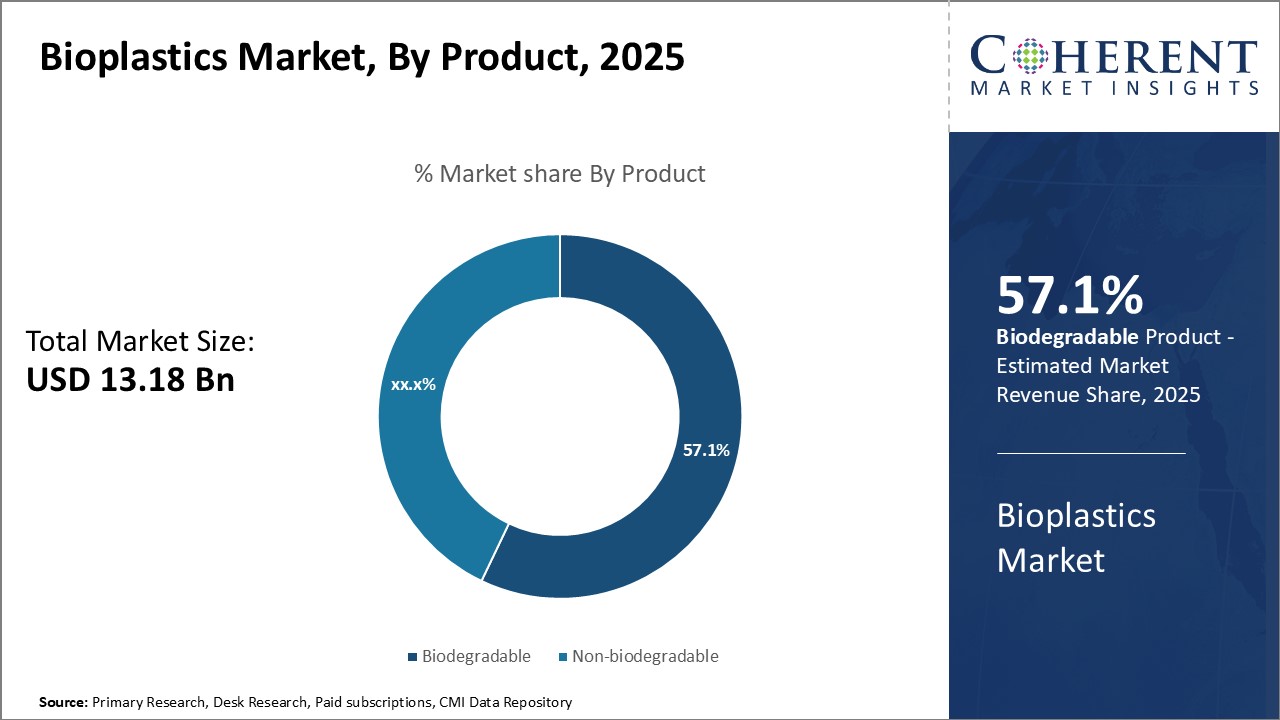
To learn more about this report, request a free sample copy
Insights, By Product: Biodegradable holds the highest share of the market owing to growing environmental concernsThe biodegradable segment is estimated to hold 56.6 % share in the global bioplastics market based on product in 2024. Biodegradable plastics can decompose completely and break down into carbon dioxide, water, and biomass at the end of their useful lives. This property makes them an environmentally preferable alternative to conventional plastics. Growing awareness about plastic pollution and its harmful impact on the environment has been a major driver for the adoption of biodegradable plastics. Various initiatives by governments and organizations to curb plastic waste are encouraging more companies to shift towards sustainable solutions. Regulations banning certain single-use plastic items in many countries have provided a push to biodegradables. Their ability to reduce long-term burden on landfills and waste management systems is appealing to both businesses and consumers. Advancements in biodegradable plastic technologies have increased their competitiveness against fossil-fuel based options. Improved performance characteristics matching conventional plastics along with reasonable costs are helping expand their applications beyond niche sectors. Continuous research pursuits aimed at engineering bioplastics with varied properties suitable for diverse needs are expected to further grow their acceptability.
Insights, by Application: Packaging contributes the highest share owing to the vast potential in the packaging industry
The packaging segment is estimated to hold 35.5% share in the global bioplastics market based on application in 2024. Bioplastics are increasingly being utilized across various packaging formats ranging from food and beverage containers to shopping and garbage bags. Strict regulations worldwide to curb single-use plastics have created opportunities for bioplastics in packaging. Mandates banning specific petroleum-based plastic items are driving packaging producers to explore sustainable and eco-friendly alternatives. Bioplastics provide an effective solution to address such regulatory pressures. Characteristics of bioplastics like printability and compatibility with existing packaging machinery translates to low implementation costs for companies. As bioplastics can be processed through existing packaging lines, there is no need for high capital expenditures on new equipment. This cost-effectiveness along with comparable performance to fossil-fuel based plastics has boosted their popularity. Ability of many bioplastic materials to decompose without harmful emissions at the end of the packaging lifecycle is a major advantage driving their preference. Growing consumer expectations for sustainable offerings are prompting brands to switch to bioplastic packaging to enhance their green credentials.
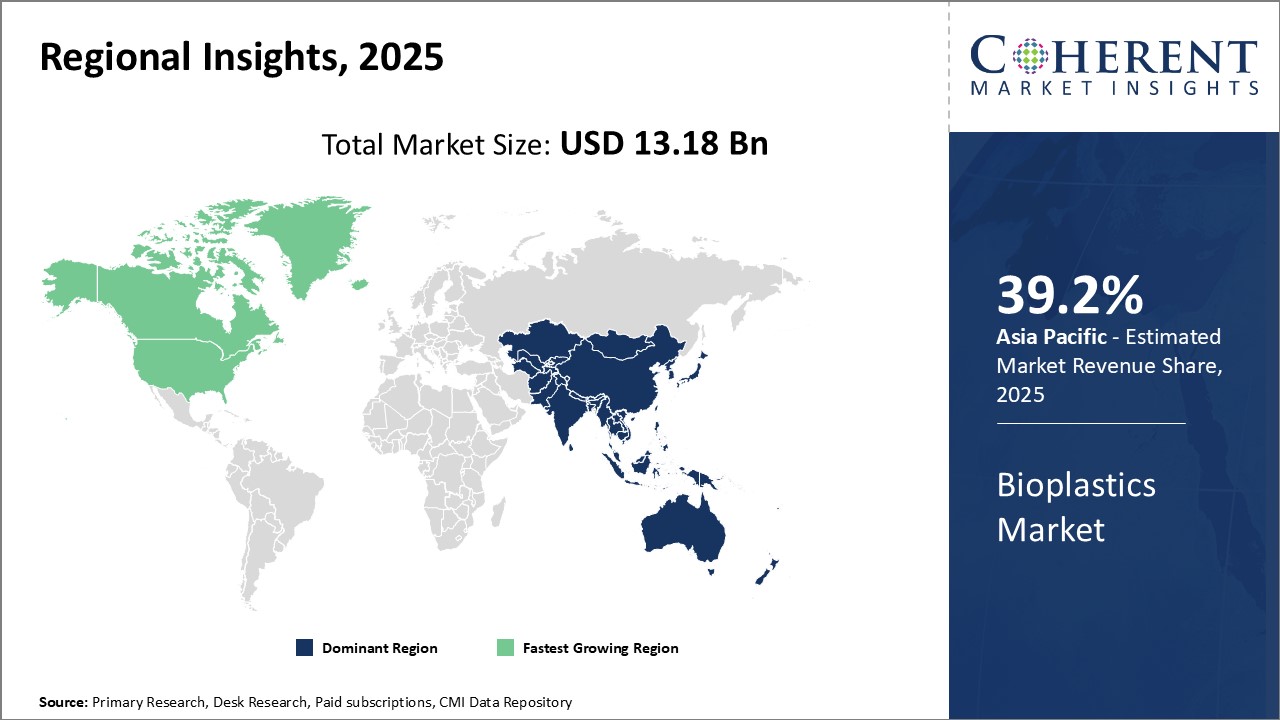
To learn more about this report, request a free sample copy
North America has established itself as the dominant region in the global bioplastics market and is estimated to hold 38.7% share in 2024. With the presence of key bioplastics manufacturers such as NatureWorks, BASF, Corbion, and Bioamber, the U.S. and Canada boast a robust bioplastics production capacity. These manufacturers have invested heavily in R&D to launch new bioplastic grades for various applications. They also enjoy great demand from the packaging and food and beverage industries within the region due to stringent regulations promoting sustainability. Given the region's focus on cutting-edge technology and innovation, North America also sees high-value exports of bioplastic materials to Asia Pacific and Europe. Local brands prefer sourcing from established North American producers to ensure uninterrupted supplies. The prices of bioplastics produced in North America are higher compared to other origins but buyers accept the premium for the superior quality and consistency in meeting specifications. Another significant factor for North America's dominance is the presence of a developed recycling infrastructure that encourages the use of bioplastics. The collection and sorting mechanisms allow for effective recycling or composting of bioplastic waste.
Asia Pacific has emerged as the fastest growing regional market for bioplastics. Countries like China, India, Indonesia, and Thailand offer a massive market driven by their large populations and rapid economic expansion. These developing nations see bioplastics as an opportunity to promote sustainability goals while catering to the needs of various industries. The Asia Pacific region boasts of inexpensive raw material sourcing and cost-competitive manufacturing environments. Numerous bioplastic producers from Europe and North America have set up production bases in countries like Thailand and Indonesia to tap the regional growth potential. Meanwhile, domestic Asian brands are investing in bioplastics production to meet local demand and pursue exports to global markets.
Bioplastics Market Report Coverage
| Report Coverage | Details | ||
|---|---|---|---|
| Base Year: | 2023 | Market Size in 2024: | US$ 10.94 Bn |
| Historical Data for: | 2019 To 2023 | Forecast Period: | 2024 To 2031 |
| Forecast Period 2024 to 2031 CAGR: | 20.3% | 2031 Value Projection: | US$ 39.89 Bn |
| Geographies covered: |
|
||
| Segments covered: |
|
||
| Companies covered: |
Teijin Limited, Toray Industries, Inc., Toyota Tsusho Corporation, Avantium, PTT MCC Biochem Co., Ltd., An Phat Holdings, NatureWorks LLC, SABIC, BASF SE, Futerro, Trinseo S.A., Braskem, Total Corbion PLAIR, SUPLA (JIANGSU SUPLA BIOPLASTICS CO., LTD.), Solvay, Shenzhen Ecomann Biotechnology Co. Ltd., Biome Bioplastics, and FKuR |
||
| Growth Drivers: |
|
||
| Restraints & Challenges: |
|
||
*Definition: Bioplastics are a type of plastic material derived from renewable resources, such as plants, agricultural waste, or microorganisms. Unlike traditional plastics, which are made from fossil fuels like petroleum, bioplastics are produced using biological sources. They aim to reduce reliance on non-renewable resources and decrease the environmental impact associated with plastics.
Frequently Asked Questions
Joining thousands of companies around the world committed to making the Excellent Business Solutions.
View All Our Clients